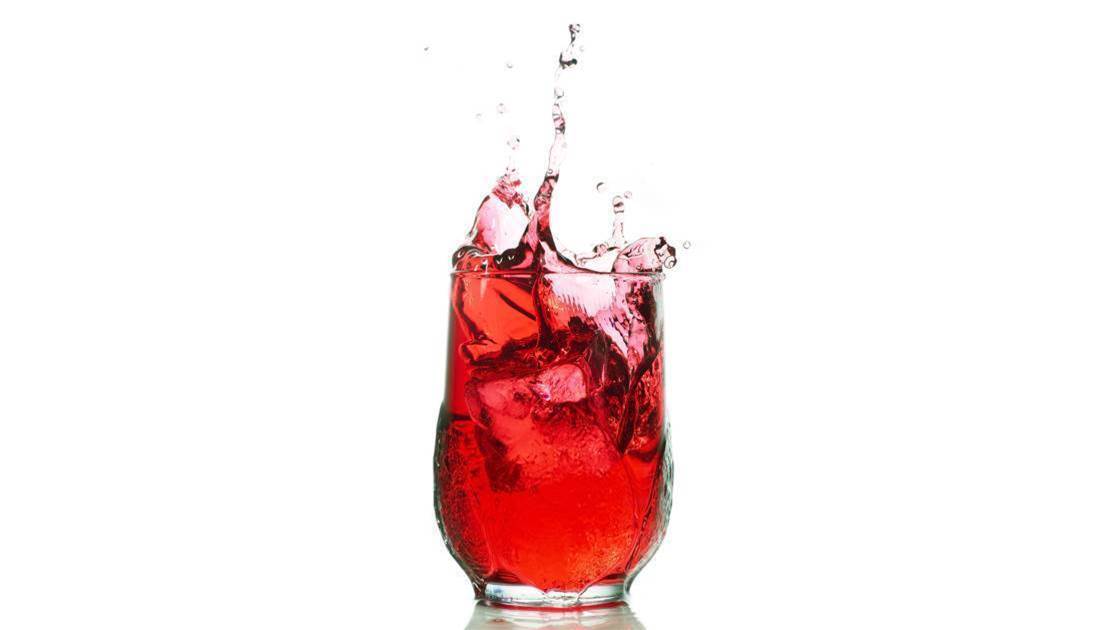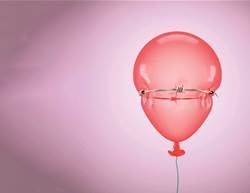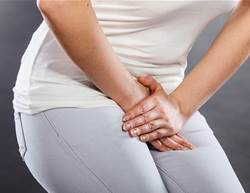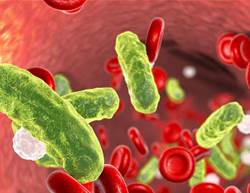If you’ve ever had cystitis, you know the signs: a burning feeling when urinating, a sense of urgency and increased frequency of urination, and sometimes only being able to release small amounts of cloudy urine no matter how long you sit there.
The most common type of urinary tract infection (UTI), particularly in women, cystitis develops when bacteria from the gastrointestinal tract makes its way into the bladder, which is normally sterile. Around one in two women and one in 20 men will get a UTI in their lifetime. If that sounds unfair, it is due to the fact women are more susceptible as their urethras are shorter than men’s, so bacteria doesn’t have as far to travel to reach the bladder, increasing risk.
Even initial symptoms can cause significant discomfort, with a small percentage of untreated UTIs spreading to infect the kidneys. The standard treatment for cystitis is a dose of antibiotics, typically lasting three to seven days. Most people feel better within hours of starting treatment with antibiotics alone, but some patients are also given pain relievers.
Some women, though, can resolve the problem on their own. A 2013 study found that 71 per cent of a small group of women with UTIs that were mild enough to delay treatment reported improvements in their symptoms after one week, and none of the women developed kidney infections.
Generally home treatment options include commercial urinary alkalisers (available at chemists) or a glass of water with half a teaspoon of bicarb soda dissolved in it, both of which lessen the acidity of urine.
Drinking lots of water will help flush out the infection – just be prepared for frequent trips to the loo. Other ways you can reduce the symptoms when you notice them is by limiting your intake of alcohol and caffeine, both of which irritate the bladder.
Although it is possible in mild cases to treat yourself at home (and always a good idea to avoid antibiotics if you can), see your doctor immediately if there is blood in your urine or you have back pain, nausea, vomiting or fever. These symptoms can be signs that the infection is worsening or spreading.
After menopause, the risk of recurrent UTIs increases significantly – the bladder becomes less elastic with age and may not empty completely. Also oestrogen (which may help increase the number of beneficial bacteria that fight infections) drops. But you can prevent infection by urinating before and after intercourse to cleanse the urethra of bacteria, keep the genital and anal areas clean, and wipe front to back.
To date research is contradictory, but for people with recurrent infections, drinking unsweetened cranberry juice concentrate diluted with water or taking powdered cranberry extract capsules daily may help as it prevents bacteria from adhering to bladder walls.
Foods that fight cystitis
Cranberries: Taken in either juice or supplement form, cranberries have long been the most popular natural remedy for treating cystitis.
Blueberries: Like cranberries, they block bacteria from binding to the bladder.
Dark chocolate: Compounds called polyphenols may help stop bacterial growth.
Unsweetened yoghurt: Live cultures support “good” gut bacteria, which helps fight infection.
Herbal teas: Keeping up water intake is a must to flush out bacteria and keep urine less acidic. Herbal teas may also help. Lovage, for instance, is anti-inflammatory and helps kill bacteria . It’s also a diuretic, which helps the flow of urine. Garlic is also anti-microbial and can be made into a tea – just crush a couple of cloves and steep
in hot water.










